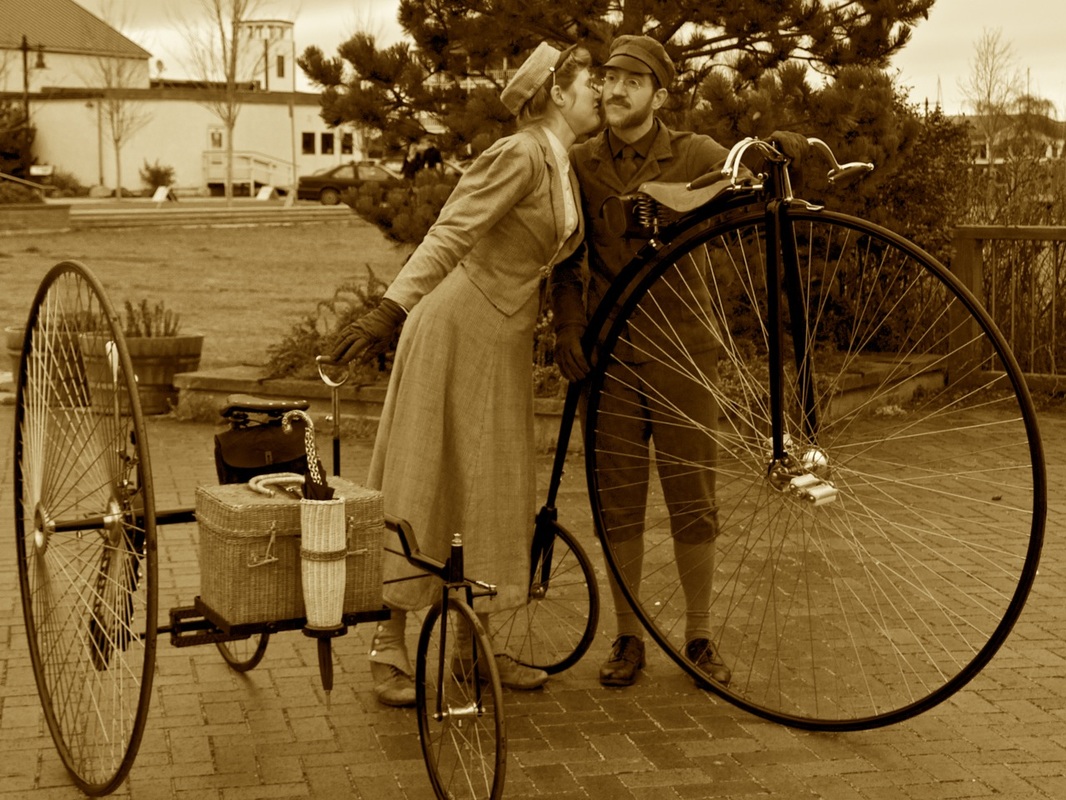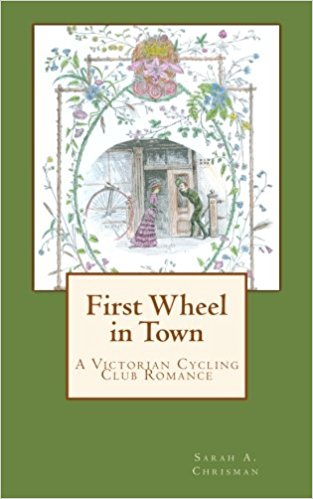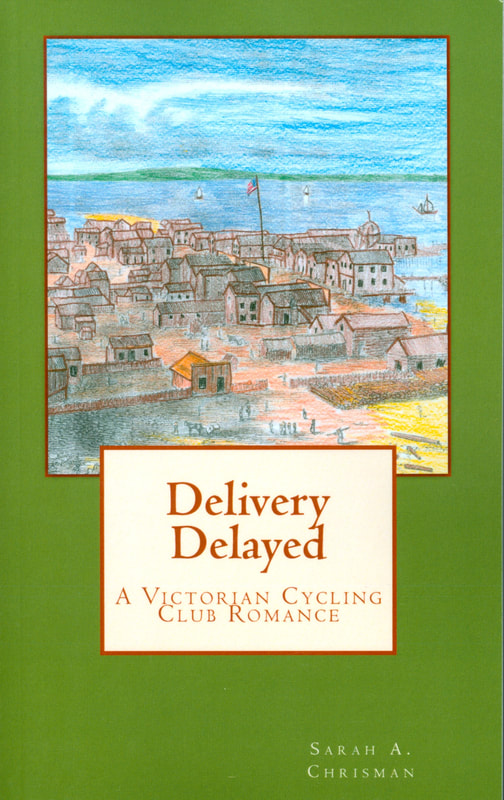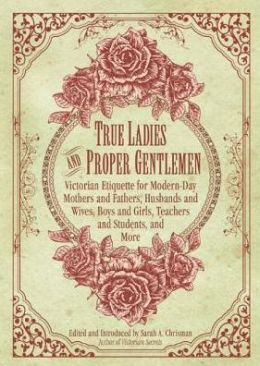Historic article
Cycling for Women
From Good Housekeeping, July 7, 1888
The exercise of riding a tricycle is one highly to be recommended for women, especially young women who have nothing to do but imagine that they have got all the ills under the sun. A primary effect of riding is to strengthen the muscles, not only of the lower extremities, but those of the abdomen, chest and the arms, which are constantly being excited to contract. The stagnant air in the lungs is more thoroughly expelled and the apparatus of breathing is more powerfully acted upon by the greater difficulty of respiration and aspiration experienced in quickly propelling a tricycle. The more effectual expulsion of the stagnant air from the lungs is of very favorable influence upon the change of matter in the human body, in so far as the entry of oxygenated air into the lungs is thereby increased, and oxygen is one of our most important means of nourishment. Those who wish to expand their chests should mount a tricycle.
English women are as famous for propelling these three-wheeled vehicles as they are famous as pedestrians. One lady writes that she never enjoyed such good health as during “this, my first cycling year.” She rode 100 miles the first month; 210 the next; then 300 miles a until in the last two months of the season she rode 500 miles each, making 2,166 miles in eight months, a part of the time being lost by foreign travel. A 16-year-old girl writes that she has ridden four miles to school on her tricycle; and a 10-year-old girl rode 150 miles in a little over four months. Ladies make tours on their wheels, and, if they have some talent at making sketches, they derive additional pleasure. The tandem rides that Joseph and Elizabeth Robins Pennell have made with their sketch books are famous.
New England ladies seem to be foremost in this kind of exercise. The ladies of Boston, says a newspaper of that city, are realizing that a tricycle ride is a most delightful and exhilarating pastime, and that it also combines pleasure with the best of practical, common-sense exercise, insuring health and spirits, while it is also an economical means of rapid transit. Within the past season, says another newspaper of that city, the number of women who ride the tricycle has increased materially and a tour for several days is occasionally the result.
A certain woman known to a correspondent of Bicycling News, who was of very delicate health and confirmed invalid habits, and who for years had never been able to walk beyond her own gate or to take any prolonged drive in her carriage, so improved herself by gradual attempts to propel a tricycle that she was able to achieve her six or eight miles in a morning without the least fatigue.
A Washington tricycler writes that the exercise “thoroughly distributes the blood to every portion of the system, promotes digestion, strengthens the muscles of the limbs, keeps the feet and clothing from the dampness and slop of the streets, while it protects and supports the spinal column in such a manner that the brain is not exhausted by invigorated by an exercise that may be continued for hours. Let every feeble, nervous woman try it, and she will soon find her limbs rotund, cheeks ruddy, and step elastic.”
In Chicago, as well as in Boston and Washington, the tricycle is finding more and more favor with women, and everywhere and in every instance where nothing unreasonable is attempted to be done, the testimony is a most positive commendation of the exercise as a means, not only of building up the health of women, but of contributing to their enjoyment and happiness of mind and body.
English women are as famous for propelling these three-wheeled vehicles as they are famous as pedestrians. One lady writes that she never enjoyed such good health as during “this, my first cycling year.” She rode 100 miles the first month; 210 the next; then 300 miles a until in the last two months of the season she rode 500 miles each, making 2,166 miles in eight months, a part of the time being lost by foreign travel. A 16-year-old girl writes that she has ridden four miles to school on her tricycle; and a 10-year-old girl rode 150 miles in a little over four months. Ladies make tours on their wheels, and, if they have some talent at making sketches, they derive additional pleasure. The tandem rides that Joseph and Elizabeth Robins Pennell have made with their sketch books are famous.
New England ladies seem to be foremost in this kind of exercise. The ladies of Boston, says a newspaper of that city, are realizing that a tricycle ride is a most delightful and exhilarating pastime, and that it also combines pleasure with the best of practical, common-sense exercise, insuring health and spirits, while it is also an economical means of rapid transit. Within the past season, says another newspaper of that city, the number of women who ride the tricycle has increased materially and a tour for several days is occasionally the result.
A certain woman known to a correspondent of Bicycling News, who was of very delicate health and confirmed invalid habits, and who for years had never been able to walk beyond her own gate or to take any prolonged drive in her carriage, so improved herself by gradual attempts to propel a tricycle that she was able to achieve her six or eight miles in a morning without the least fatigue.
A Washington tricycler writes that the exercise “thoroughly distributes the blood to every portion of the system, promotes digestion, strengthens the muscles of the limbs, keeps the feet and clothing from the dampness and slop of the streets, while it protects and supports the spinal column in such a manner that the brain is not exhausted by invigorated by an exercise that may be continued for hours. Let every feeble, nervous woman try it, and she will soon find her limbs rotund, cheeks ruddy, and step elastic.”
In Chicago, as well as in Boston and Washington, the tricycle is finding more and more favor with women, and everywhere and in every instance where nothing unreasonable is attempted to be done, the testimony is a most positive commendation of the exercise as a means, not only of building up the health of women, but of contributing to their enjoyment and happiness of mind and body.
Other historic cycling articles:
A Burglar, A Bicycle, and A Storm (Fiction—1896)
A Cycle of the Seasons: A Bicycle Romance in Four Meets (Fiction—1883)
A Cycle Show in Little (1896)
A Header (?) (Poem—1883)
A Modern Love Sung in Ancient Fashion (Poem—1884)
Bicycling and Tricycling (1884)
Cycling's Value As An Exercise (1879)
Is Bicycling Harmful? (1896)
The Evolution of a Sport (1897)
Foreign [Bicycling News] (1884)
A Midwinter-Night's Dream (An homage to Dickens' A Christmas Carol, cycling style —1883)
On Wings of Love (Poem—1884)
Rosalind A Wheel (Fiction—1896)
Snakes in his Wheel (1895)
The Work of Wheelmen for Better Roads (1896)
Woman's Cycle (1896)
Back to Historical Articles Index
An article about us in Bicycling magazine:
"How To Bike Like A Victorian"
http://www.bicycling.com/culture/people/old-doesn-t-mean-bad-modern-conversation-victorian-era-cyclists
A few of Sarah's accounts of our Victorian cycling adventures:
The flower fields of the Skagit Valley:
http://www.thisvictorianlife.com/blog/my-recent-trip-to-the-skagit-valley
A Trip to A Lavender Festival:
http://www.thisvictorianlife.com/blog/sneak-peek-into-a-future-book
The Tricycle's Maiden Voyage:
http://www.thisvictorianlife.com/blog/the-tricycles-maiden-voyage
The Chilly Hilly ride:
http://www.thisvictorianlife.com/blog/chilly-hilly
Port Townsend to Port Gamble:
http://www.thisvictorianlife.com/blog/port-gamble-wa
Sarah ALWAYS wears a corset—even while cycling. Here's an excerpt from her book about it:
http://www.thisvictorianlife.com/blog/cycling-in-a-corset-a-short-excerpt-from-victorian-secrets
Rebuttal of an erroneous article:
http://www.thisvictorianlife.com/blog/a-rebuttal-to-a-recent-article
***
In a seaport town in the late 19th-century Pacific Northwest, a group of friends find themselves drawn together —by chance, by love, and by the marvelous changes their world is undergoing. In the process, they learn that the family we choose can be just as important as the ones we're born into. Join their adventures in
The Tales of Chetzemoka
To read about the exhaustive research that goes into each book and see little vignettes from the stories, click on their "Learn More" buttons!
The Wheelman's Joy
Victorian Cycling Poetry and Words About Wheels
There is something inherently romantic about cycling, and there has been since the first riders set their wheels to the road. This collection of nineteenth-century poetry, prose quotes and bon-mots about cycling reflects both the ardent passion and the innocent affection cycling inspires. From the glory days of high-wheel cycling through the boom of the safety bicycle, riders were falling in love with their wheels, with new-found freedoms, and above all with each other. This delightful little collection tells of those days in their own words, and evokes sentiments which every cyclist will find timeless. Compiled edited and introduced by Sarah A. Chrisman, author of the charming Tales of Chetzemoka cycling club series, This Victorian Life, Victorian Secrets, and others.
***
If you enjoy our website and appreciate what we do,
please consider making a cash donation.
Everything helps, and is appreciated!
Search this website:
***










